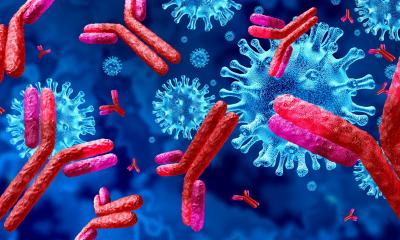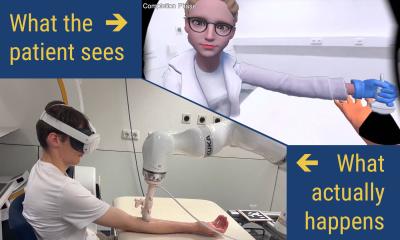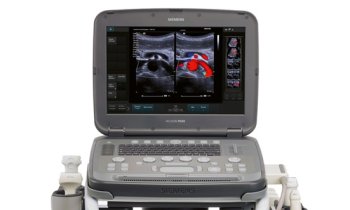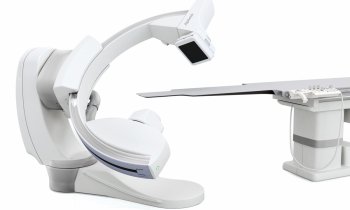© TuMeggy - stock.adobe.com
News • Effects of accelerated atrial pacing
Speeding up the heart could benefit heart failure patients
Accelerating the heart rhythm may offer a new treatment option for patients with diastolic heart failure and atrial fibrillation.
Researchers from the Cardiovascular Research Institute Maastricht (CARIM) and Maastricht UMC+ discovered how this works in a virtual heart, and showed that it works in real patients. This means that these patients, for whom there are currently few treatment options, could potentially be treated with a pacemaker. The results were published in the European Heart Journal.
In diastolic heart failure, the heart muscle does not relax properly or is stiff, so the heart does not fill adequately with blood. As a result, the pressure in the heart rises, and the heart is not able to pump enough blood to supply the tissues with oxygen. Around 120,000 people in the Netherlands suffer from this condition, also known as a 'stiff heart', and experience symptoms such as shortness of breath during exertion. It is often accompanied by atrial fibrillation, an irregular heartbeat. While medication is available for other forms of heart failure with reduced pumping ability (systolic heart failure), treatment options for diastolic heart failure are very limited.
Recommended article
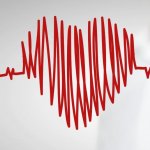
Article • Research, diagnostics, therapies
Focus on Cardiology
Arrhythmias, valve defects, heart attacks: Cardiologists face a wide range of disorders and diseases. Equally diverse are diagnostics and therapeutic options. Find out what the field has to offer.
Traditionally, many patients with heart failure are treated with medication that slows heart rhythm, as is the case with systolic heart failure. However, the Maastricht research points in a different direction: speeding up the heart rhythm could be a solution for patients with diastolic heart failure. Using computer models that simulate the functioning of the heart, the researchers discovered that a slight increase in heart rhythm reduces the pressure in the left atrium of a virtual heart. This can lead to improved heart pumping function, and in real patients, to a reduction in symptoms such as fatigue and shortness of breath.
To test whether a real heart reacts the same way to an increased heart rhythm as the virtual heart, the researchers accelerated the heart rhythm of 75 patients with atrial fibrillation. The result was similar to the simulations: by using a pacemaker to make the heart beat 20 to 30 beats per minute faster than the patient's own heart rate, the pressure in the left atrium decreased. This suggests that increasing the heart rate during rest can indeed have a positive effect on the heart function of these patients.
The computer model also showed that proper coordination between the contraction of the atria and the ventricles could lead to an even greater improvement in pumping function. While in a computer model researchers can adjust the heart rate, in real patients this is done with a pacemaker. Although in this initial study only the atria were stimulated with a pacemaker, the Maastricht researchers will soon begin a study on the effect of a 'dual pacemaker,' which will stimulate both the atria and the ventricles.
Thanks to the use of computer models, the time required for scientific research can be significantly reduced. Therefore, patients will benefit more quickly from new developments. Lead researcher Joost Lumens explains: "In the past, it took several years to bring an idea into practice. With our computer models, we can carry out such research in just a few days. This not only saves a lot of time but also reduces costs and the use of laboratory animals."
Source: Maastricht University
02.12.2024




